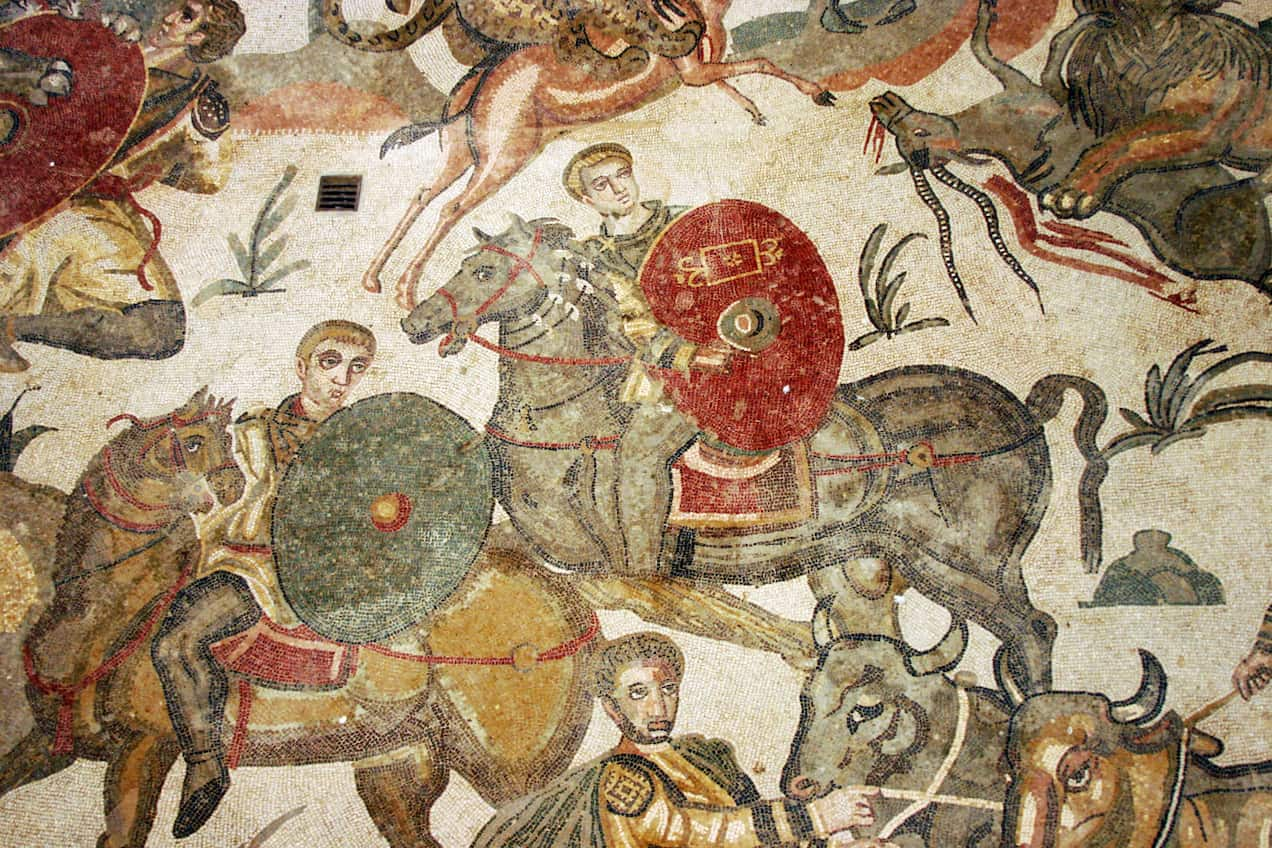Ancient Cavalry: From 4000 BC to 330 AD
The two most crucial types of animals used by military forces in ancient times were elephants, playing significant battlefield roles, and horses.

The two most crucial types of animals used by military forces in ancient times were elephants, playing significant battlefield roles, and horses.

